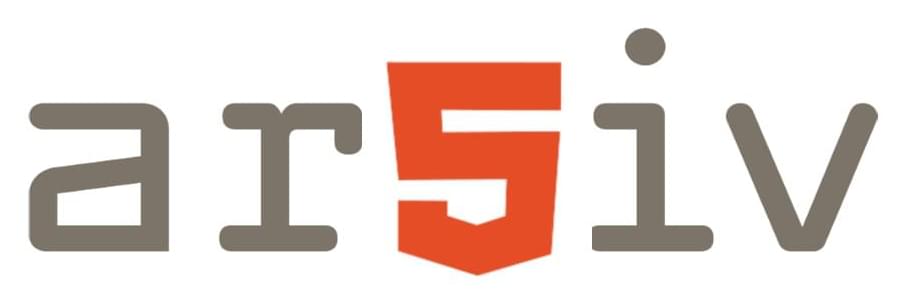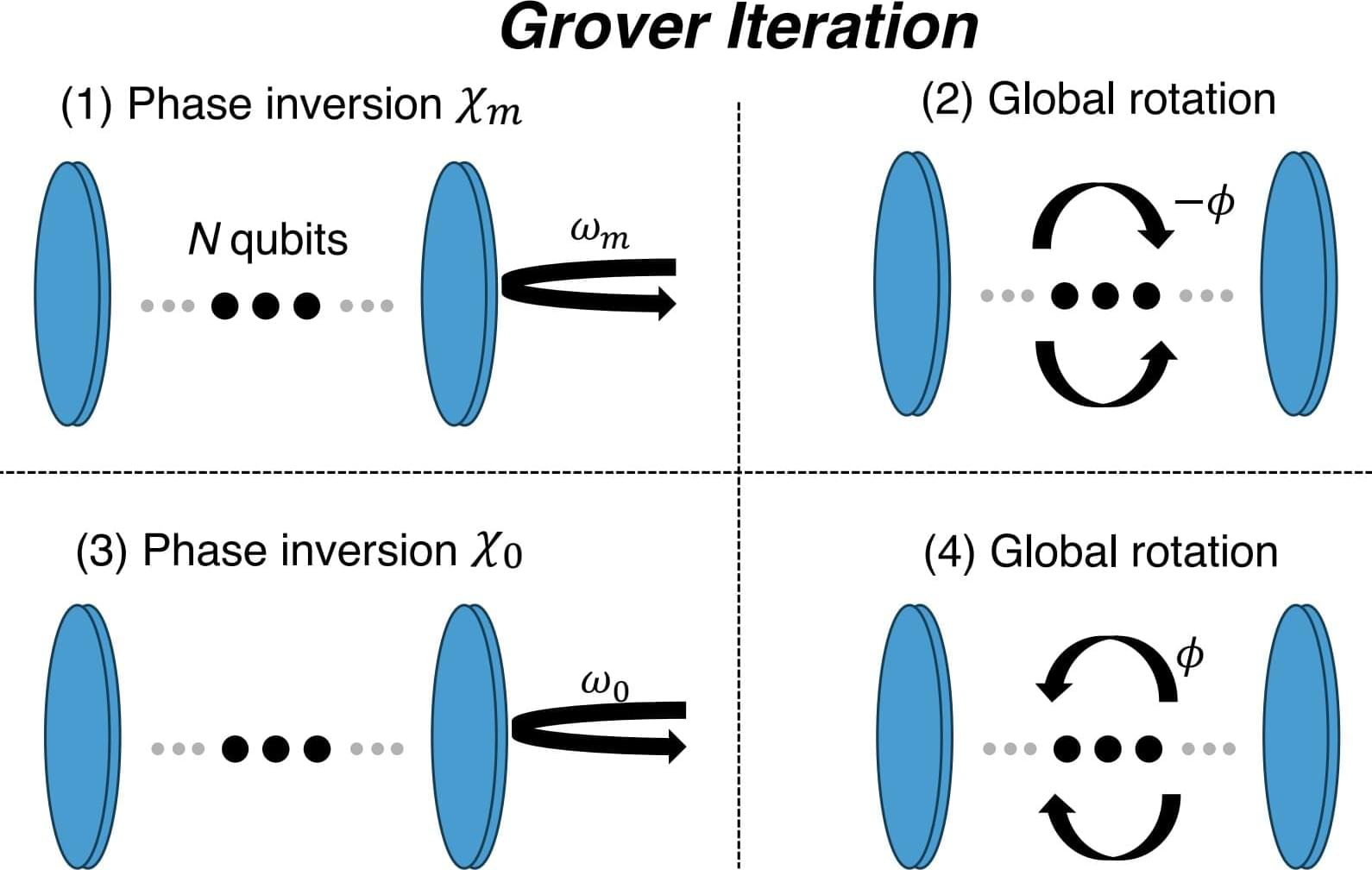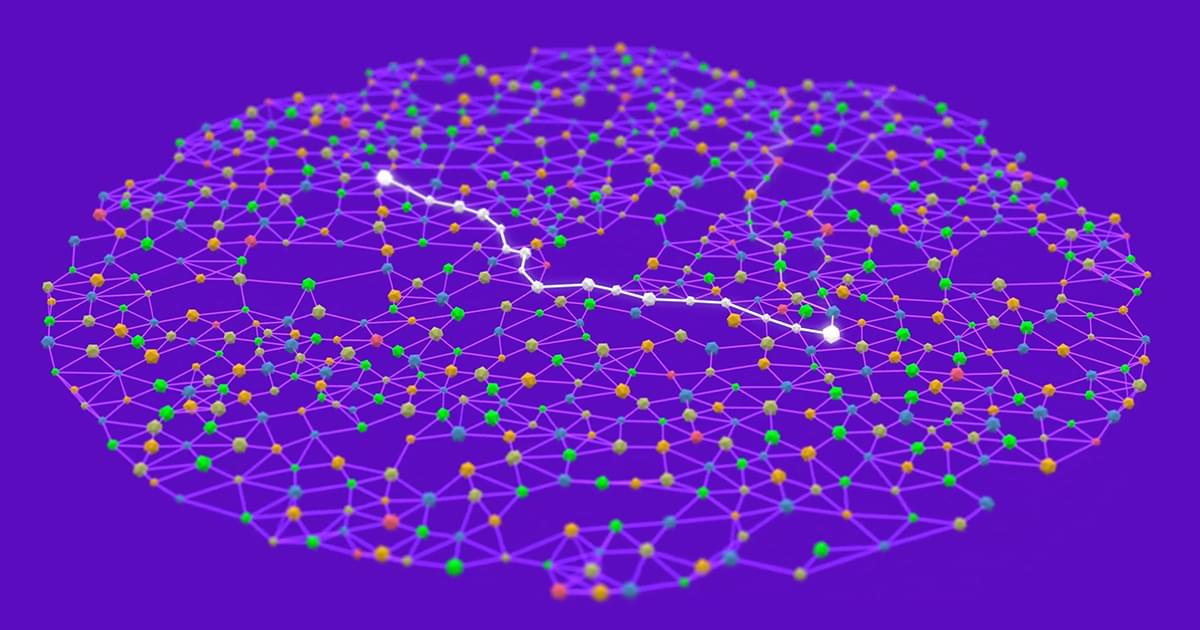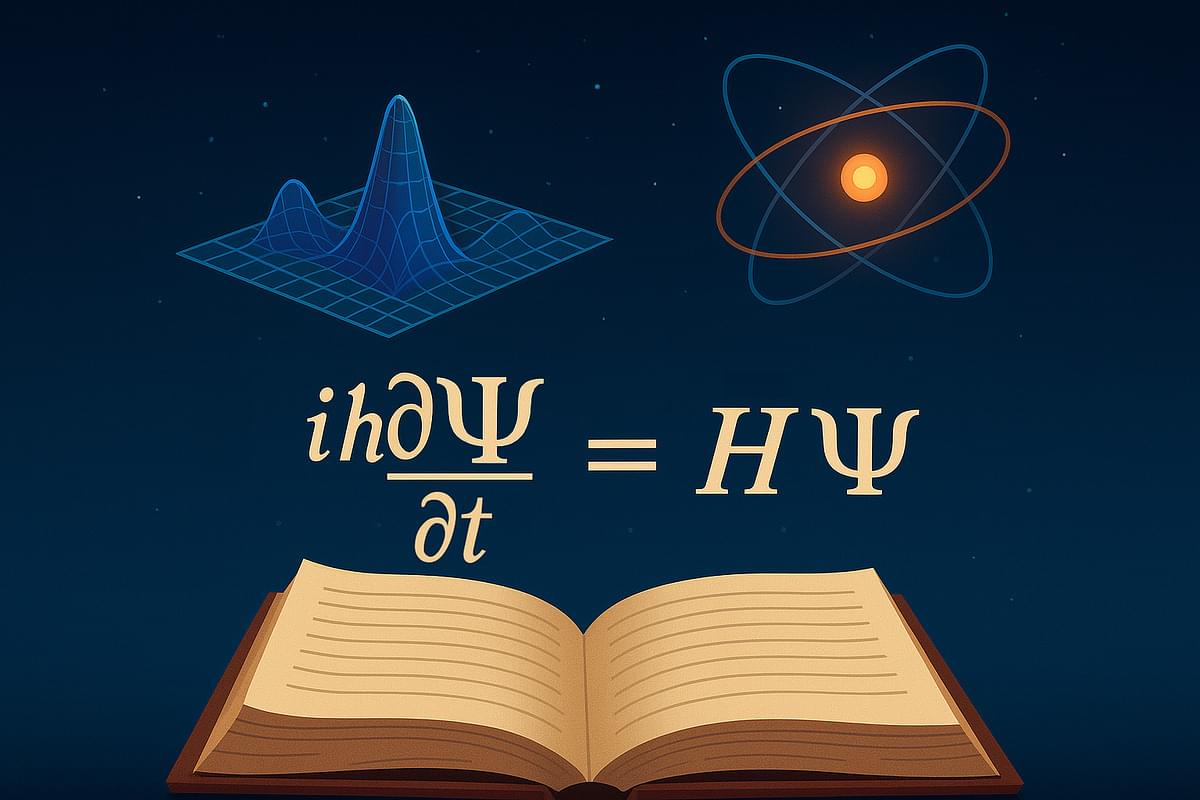High-purity multi-photon states are essential for photonic quantum computing. Among existing platforms, semiconductor quantum dots offer a promising route to scalable and deterministic multi-photon state generation. However, to fully realize their potential we require a suitable optical excitation method. Current approaches of multi-photon generation rely on active polarization-switching elements (e.g., electro-optic modulators, EOMs) to spatio-temporally demultiplex single photons. Yet, the achievable multi-photon rate is fundamentally limited by the switching speed of the EOM. Here, we introduce a fully passive demultiplexing technique that leverages a stimulated two-photon excitation process to achieve switching rates that are only limited by the quantum dot lifetime. We demonstrate this method by generating two-photon states from a single quantum dot without requiring any active switching elements. Our approach significantly reduces the cost of demultiplexing while shifting it to the excitation stage, enabling loss-free demultiplexing and effectively doubling the achievable multi-photon generation rate when combined with existing active demultiplexing techniques.
I Introduction.
Photonic quantum computing offers a unique advantage over other quantum platforms due to the long coherence time of photons, enabling robust quantum communication, quantum information processing, and quantum simulations. A critical requirement for these applications is the reliable generation of high-purity multi-photon states, i.e., nn indistinguishable photons in nn spatial modes – which serve as fundamental building blocks for quantum algorithms, error correction, quantum simulations, and advanced photonic networks. Multi-photon states are also essential for probing quantum optical phenomena such as multi-photon interference. The most widely used sources to produce multi-photon quantum states are the ones relying on parametric down-conversion or four wave mixing in nonlinear crystals. However, the scalability here is limited, due to the probabilistic nature of photon emission and the required resource overhead for computing and boson sampling applications.









